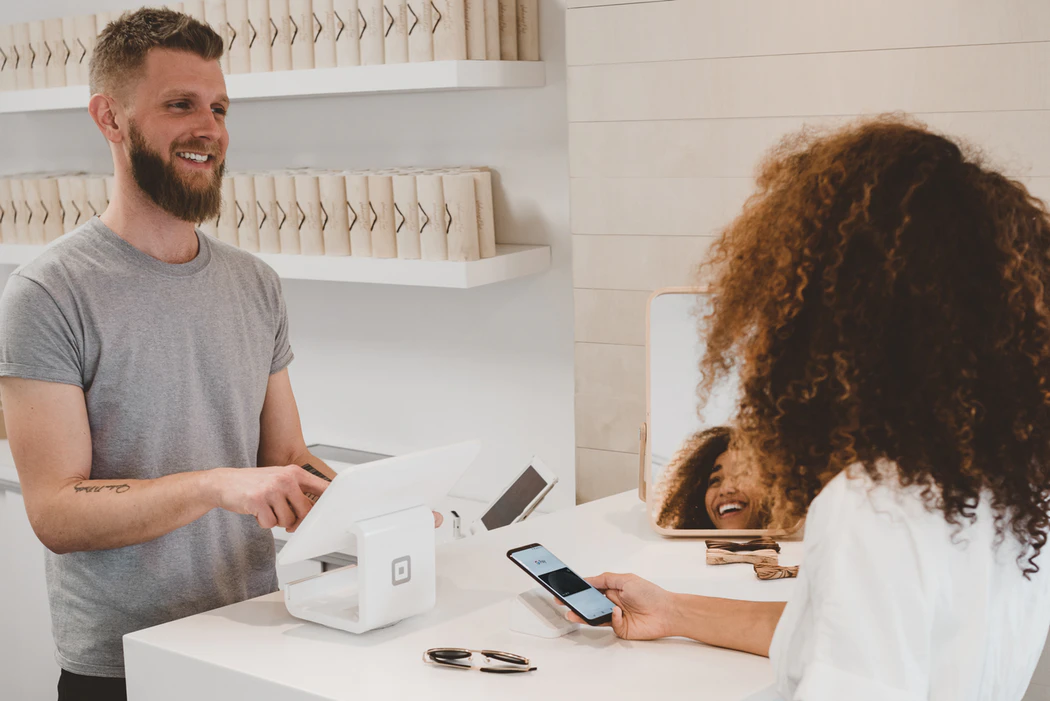One of the most crucial elements of any successful startup or small business is consumer profiling. In order to be a successful company, you absolutely need to have some kind of audience in mind so that you can target them with your products and services. It also helps with demographic targeting when you reach the advertising stage of your business, and it can greatly affect your website design and the social media platforms you use.
However, many of us have the wrong approach when it comes to consumer profiling. In some extreme cases, it can start to cause issues such as segregating our customers and products, causing disruptions in the way we do our business and creating serious inefficiencies. So what can be done about this? How do we correct our approach to consumer profiling and what should we be doing instead?

Identifying common mistakes in consumer profiling
The first thing we have to do is identify what mistakes we’re making in our consumer profiles. In fact, we need to define what it is that we want to achieve with consumer profiling.
- Finding the ideal consumer is pointless. There’s no such thing as an ideal consumer that can be categorized by things like their age, gender or location. If we focus on the bare basics, then an “ideal” consumer is someone that buys a lot of products, spreads your brand to their friends and offers repeat business. In the most basic sense, this is what an ideal consumer looks like and factors such as their age, political alignment or interests aren’t a factor.
- Consumer profiling is creating value out of your existing data. Instead, what consumer profiling is about is creating value out of data that you can collect from existing customers and visitors. By using different analytical tools, you can see where your consumers come from, how they find out about your brand and what they end up buying. The entire consumer journey from the moment they enter your sales funnel can be tracked and then recorded in large sets of data that are then used to improve your business. This is what consumer profiling is about.
- Too many businesses use consumer profiling to create a fictional customer. It’s often said that small businesses need to create an ideal consumer, like a fictional customer, so that they can sell to them and create the perfect product or service. Unfortunately, a small business doesn’t know what kind of consumer they can appeal to since they have no data to work on. In other words, most smaller companies don’t know who their target audience is. They might have a general idea when they develop a product, but they’ll have trouble pointing out specifics.
- Consumer profiling is an evolving task. The moment you set up your business and start advertising your products is the moment you start creating a consumer profile. It’s something that evolves over time. The data you gather can be used to change your products and services to fit the needs of your audience, but it can also be used to create entirely new products that appeal to audiences you’ve yet to target. Don’t just create an ideal consumer in your head and then try to appeal to them only. Instead, change your methods and try to appeal to a wide range of different consumers that are all interested in your products. Don’t try to generalize too much.
- Listen to your data, but don’t ignore your customers. Data is often king when it comes to consumer profiling as it gives you undisputable stats to work with. However, you also shouldn’t avoid looking at consumer feedback on social media or even in emails. If anything, having a double confirmation of feedback and statistics just shows that you absolutely need to make changes as soon as possible to capitalize on consumer needs.
As you can see, consumer profiling is often heavily misunderstood. Once again, the true reasoning behind consumer profiling is to take data that you’ve collected and use it to target specific audiences. Depending on your products and services, your data might not tell you anything useful. It might show that customers who use your products come from many different backgrounds and are aged between 20 and 70. Some of this data is simply unactionable especially if your business is still new.

The correct approach to consumer profiling
What you need to do is experiment and find new ways to gather more data. This is the best way to make use of consumer profiling. The more data you collect and the more sources you have, the more indisputable facts you have to change your products and services to appeal to a larger audience.
One of the best ways to do this is to simply just advertise. You might already have a consumer profile in mind or at least a target audience. Simply aim all of your marketing materials at this group and then wait. Collect the data, look at what’s happening and then change your approach depending on the results. It’s essentially a trial and error process that takes some time to perfect. Through experimentation, you’ll quickly find the types of people that you want to aim your product at.
This can be made easier with demographic targeting. Services like a demand-side platform, also known as a DSP, can let you tweak different settings so that your marketing materials reach specific audiences. When combined with social media advertising that can target specific demographics, you can create huge sets of data that can be used to change your products and services, and also the way you reach out to your audience.
Another great way to build a useful consumer profile is to ask for feedback. Whether it’s through reviews on Google Businesses, Yelp or even social media, listen to what your audience has to say and see if it correlates with the analytics. If it does, then you can be sure that the feedback you’re getting is actionable and you should implement those changes when possible.
Far too many people approach consumer profiling with the idea that there’s only a single type of ideal consumer. The reality is that your products and services can evolve to a point that this definition is constantly changing. The real way to profile consumers is to use real data, not a fictional customer in your head. To do this, you need to start collecting and reading data to tell what your business needs.








